Getting it done with the power of friendship since 1991.
🔥💨💧💎 🌒🌕🌘 ✨
Some suggested Lemmy communities:
!patientgamers@sh.itjust.works
Discord for Japanese-style role-playing game (JRPG) discussion: https://discord.gg/vHXCjzf2ex
- 31 Posts
- 338 Comments
My least favorite fight in the game. On my last honor mode run, Isobel started her turn by triggering Attacks of Opportunity from both Marcus and one of the undead. The second one paralyzed her, of course. She’s lucky I happened to have a cleric in that party that could Sanctuary right after, otherwise she would have been gone.
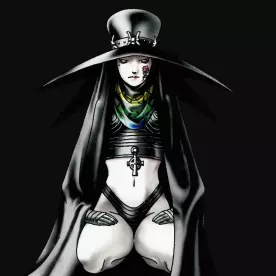
 22·2 days ago
22·2 days ago“AAAA” isn’t a thing. That was just Guillemot being an idiot and flailing on an investor call.

 6·6 days ago
6·6 days agoThey really leaned into the Chrono Trigger vibe with this one.
I like their marketing approach here by making a big splash at TGS. Sea of Stars also had a broader marketing approach. I’m not entirely sure how possible grassroots marketing is with this kind of thing anymore, at least in English-speaking communities. Chrono Trigger is a sacred cow in the JRPG community, and Sea of Stars got a surprising amount of backlash for not living up to those lofty expectations (yes, ridiculous ones considering CT was lightning in a bottle even among a dream team of developers and producers).

 2·6 days ago
2·6 days agoSame. I had my eye on this because anything that remotely looks like the next Pharaoh or Emperor: Rise of the Middle Kingdom always catches my eye. There was also so. much. micro. I’d rather be shuffling citizens or buildings around than manually selecting what plants to harvest. Plus I hate the name, lol.
I’ll probably check it out again after 1.0.

 52·6 days ago
52·6 days agoLiS2 wasn’t my favorite. It started to feel like misery porn after a while, not to mention bordering on the absurd with the variety of situations they put the kids through. I think the story would have been stronger without the cult chapter. Expanding on the themes in the last chapter might have been a better choice and more consistent with the overall narrative. I will say, though, the endings are solid in the “choices matter” department. Best in the series with that, and a standout in gaming in that category.
I liked Before the Storm and True Colors, so I’m definitely looking forward to Deck Nine continuing the series with Double Exposure.

 2·7 days ago
2·7 days agoWhoa, not every day you see Ys II in the wild!

 281·7 days ago
281·7 days agoYes, there are going to be opinion pieces like this one filling the space for a major news story like this one, but there’s still room for proper journalism right now. I recommend folks check out PC Gamer’s interview with an IP attorney that worked in Tokyo (which was also the second link in this posted article).
Software patents are a thorny topic, and it’s worthwhile for enthusiasts of the industry or those interested in IP law to read up on the concept in general. There’s risk for Nintendo here, and I found Sigmon’s offhand comment about how Nintendo’s ramped up legal hiring to be particularly interesting.

 8·8 days ago
8·8 days agoThe most likely reason is, in short, forced arbitration was a way to prevent consumers from collectively taking legal action, and attorneys ended up doing that anyway in a way that’s even more costly to companies like Valve than class action lawsuits.
It’s also caused some ugly press recently, and the US has already passed legislation prohibiting it in certain agreements. I’m not expecting it to be in terms of service agreements much longer.

 3·9 days ago
3·9 days agoDefinitely one of the most somber games I’ve ever played. Agreed on the music; I’m generally not big on Motoi Sakuraba, but I think this is one of his best soundtracks. The overworld is a vibe, and the theme is a big part of why.
The undub is worth looking into unless one’s really opposed to Japanese audio. Fifth-generation localized games were notorious for poor English voice direction and this game is no exception. Even the voice track quality isn’t as good as the original.

 3·12 days ago
3·12 days ago30 plus minute show.
Kidding aside, I agree, probably nothing earthshaking coming ahead of TGS.

 4·15 days ago
4·15 days agoHrm, no mention of the super blurry character models that I had in the demo, so maybe they fixed that since and I missed it. Most of the footage looks pretty clean in this regard, too.
I had a pretty good experience with the demo with what DF would probably call low-to-midrange at this point (3060Ti, OC’d 10600k), and I’m the kinda person that’s sensitive to frame drops/stutter. I still think I’ll wait for a performance patch to be sure, though, if not a sale. Too many games for me to buy this season anyway.

 13·17 days ago
13·17 days agoIt has to do with how the statute is written (I used to do comparative international IP policy research and analysis). Japanese works are given fairly wide latitude in creative sectors based on artistic intent. For example, you’ll see knockoff brands all the time in anime or manga, but the intent is clearly world building (or parody), not appropriation for promotional use. That artistic intent standard is used in the courts. This is why all the side-by-side comparisons people here probably saw on Twitter when Palworld came out was more of an ethnocentric American approach. Plus, copyright infringement is frequently incidental and not the result of large investment (unlike patents), so, in a country that prefers to handle domestic disputes informally, these incidents are less likely to go to court.
As a country that more recently entered the world stage based on manufacturing, patent protection is simply going to be taken more seriously as part of the culture. And yes–while I don’t have numbers–patent litigation does seem to get thrown out often when it comes to video games, at least the high-profile stuff, anyway. Here’s an example between Koei Tecmo and Capcom since I was already on Variety.

 16·17 days ago
16·17 days agoSimilar visual design happens all the time in Japanese media and there’s rarely litigation over it. Patent lawsuits are much more common in Japan.

 2·18 days ago
2·18 days agoNo editorializing was done here. That’s the title provided by the metadata, which is the easier option Lemmy provides when posting links.

 1·19 days ago
1·19 days agoI don’t know where you’re hearing retailers don’t enforce ratings. Yes, it happens uncommonly, but the FTC previously found ratings compliance was higher among video game retailers than at the box office, and not much has changed in the culture since then. I’ve worked at multiple retailers that sold video games, and the training for video games enforcement was always taken just as seriously as with alcohol sales.
Being the largest entertainment industry in the world now, video game publishers are serious about this stuff. Developers also still take steps to avoid a Hot Coffee situation from occurring again.

 1·19 days ago
1·19 days agoIt doesn’t have to be jaded. As with the original quote I riffed off of, these particular Skinner boxes don’t have to always be pure evil and can provide net-positive outcomes, as long as we’re clear-eyed about the consequences of participating. The latter part is what I’m trying to drive home here. Consumer behavior psychology is part of every major live-service game.

 1·20 days ago
1·20 days agoEven if you do find the cabinet in the lavatory, the probability calculations for a simple use case are ridiculously complicated. It does reek a bit of “minimum compliance required by law.”
On the plus side, Hoyo (at least in Star Rail) doesn’t bombard the player in-game with pop-ups or the like. A zero-spend player that just wants to poke around in the story or the game world isn’t going to be harassed. Instead, it’s earnest marketing, by way of letting the player use characters on trial, featuring them in the story, or high-quality video productions published outside the game. They make as much money as they do because their production values on that stuff are among the best in the business.
As far as running a digital goods casino (where you don’t own the goods), I’ve seen far worse. I still don’t think we’re doing as much as we should to protect those with addictions to gambling or FOMO from these products, however.

 5·20 days ago
5·20 days agoCome on. We both know that legitimizing the RMT system increased the number of gold buyers and normalized the process. Not only does it now capture the players who were both a) squeamish about paying unproven third parties and b) had no recourse if they did get scammed, it’s also a far more convenient process. We know the gold-for-gear (and other services) market exploded in size because Blizzard was finally forced to make systemic changes to fight/redirect services spam. Service sellers are everywhere, and there was a point they were constantly in your whispers, your mailbox, your chat, your group finder. It’s nothing like it was 15-20 years ago.
No, gold buyers are not most players (and no, I don’t care that some players are doing it). Most gacha players aren’t whales, either. My point is that yes, your game is also chasing the whales right now and will continue to design systems to do so.

 8·20 days ago
8·20 days agoThe AO rating is still the kiss-of-death for game content in North America, enforced by retailers. Even still, the ESRB only came about because the political climate at the time was very much “clean up your shit or we’ll do it for you.”
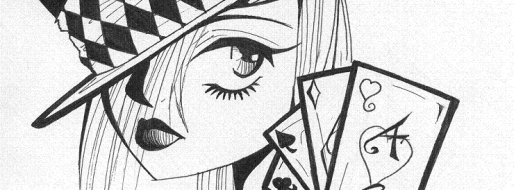




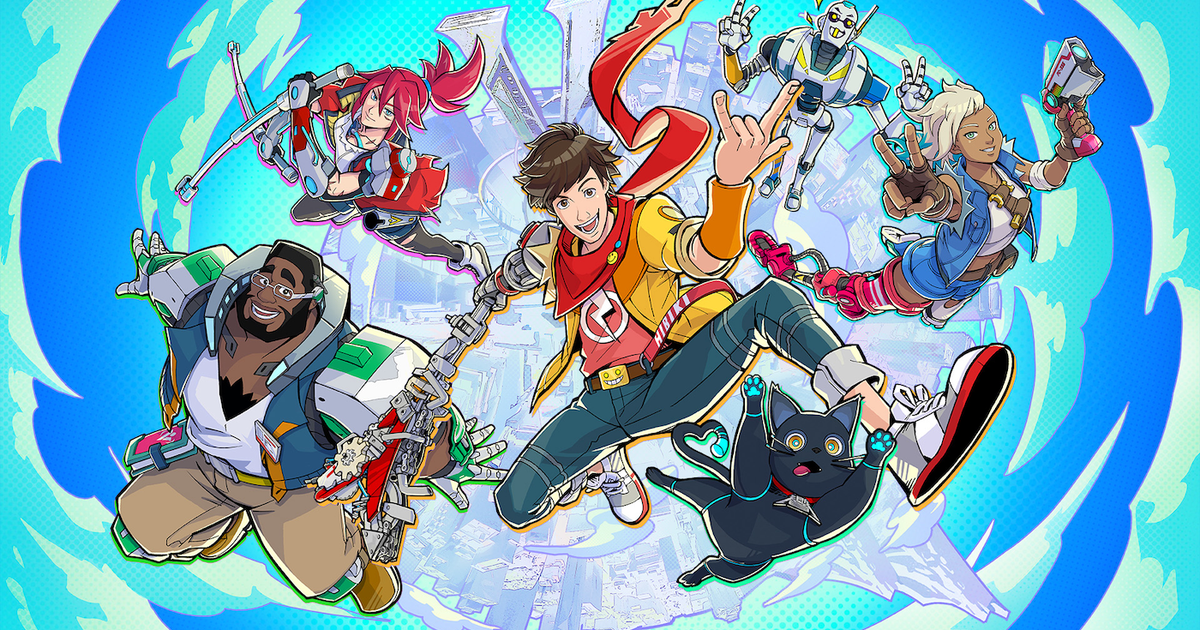


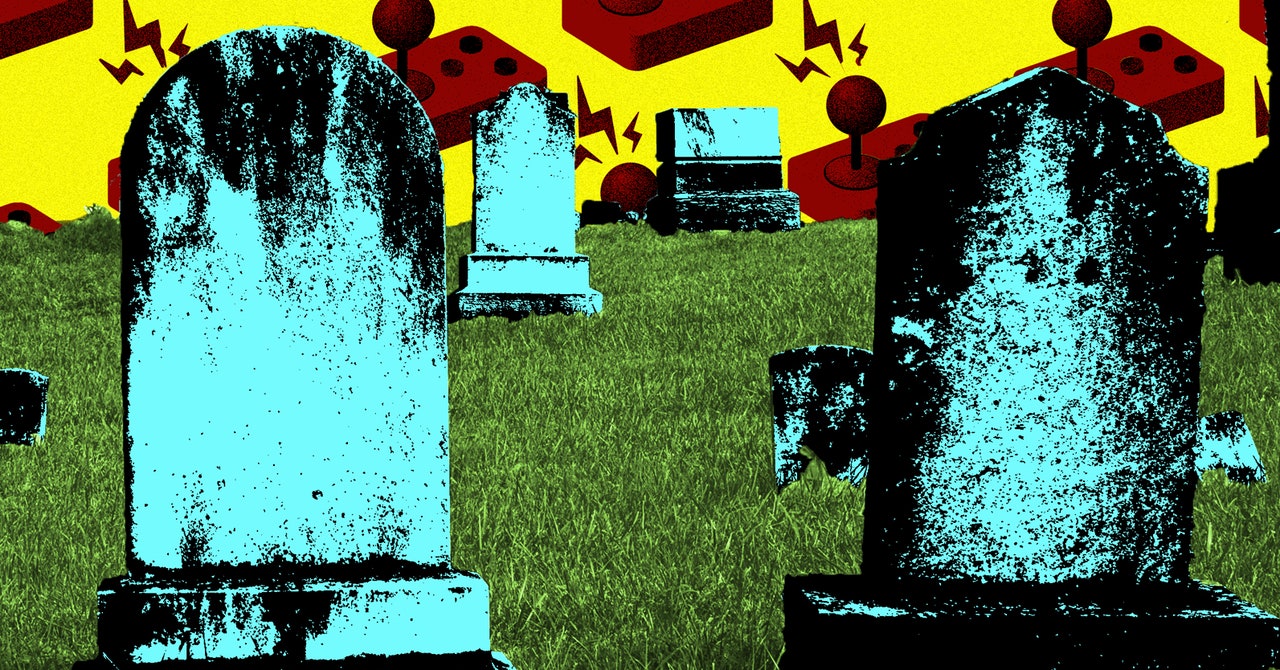

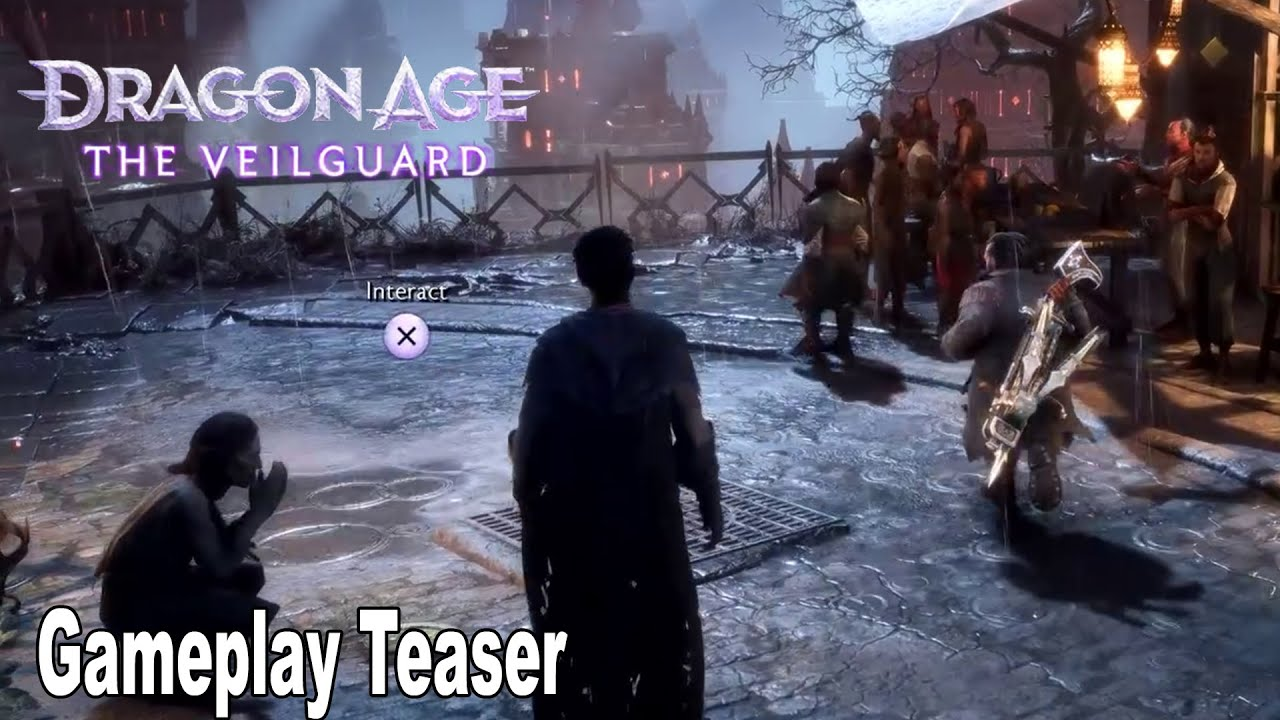





It helps to understand that Chrono Trigger’s story was the result of a bit of a struggle between Yuji Horii (aka the Dragon Quest guy) and Masato Kato, who would later write and direct Chrono Cross. Horii’s end was light-hearted, which makes sense given his pedigree, while Kato liked darker stuff. That’s why Zeal in particular is a shift in tone from the rest of Trigger.
One of the core themes of Cross is that actions have consequences, and I personally loved how the game pulled no punches on that topic with respect to Trigger’s cast. The idea of repercussions is only hinted at in the first game, but it’s there, and the revelations on the beach are heavily foreshadowed within Cross’s story itself. It’s a grown-up narrative from an era when players were starting to demand grown-up narratives. Its reception reflects that, as well; it earned some of the highest review scores among JRPGs of its era, and it sold well enough to require reprints. This was a game that was well-received in 2000, aside from the grumblings of a few upset Trigger fans. Cross hasn’t endured simply because it was very much a game of its time, and it hasn’t aged as gracefully as Trigger (especially its visuals).
I consider Chrono Trigger and Chrono Cross to be an excellent cause-and-effect pairing, and Cross’s connections to Trigger serve to enhance both games. I love the way Cross can reframe Trigger; I think it adds weight to the actions of a bunch of kids who stumble upon time portals and start messing with things. Time travel raises questions, and Cross’s story is why I mull on those questions in my head whenever I replay Trigger.